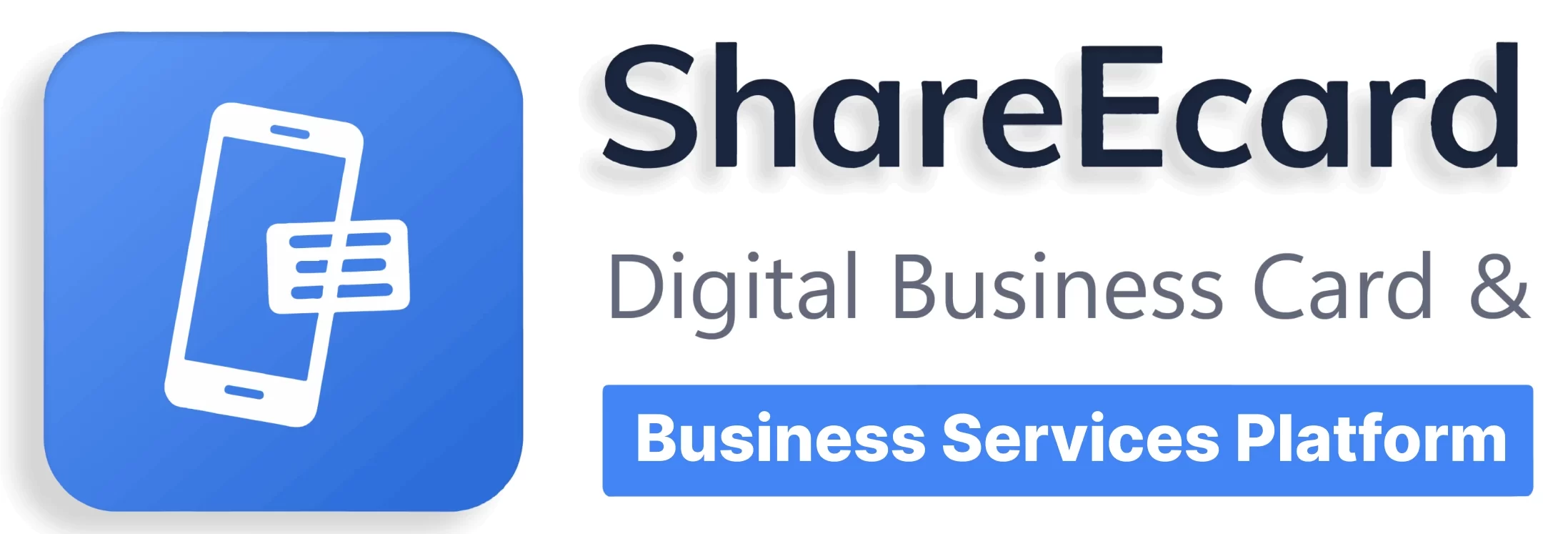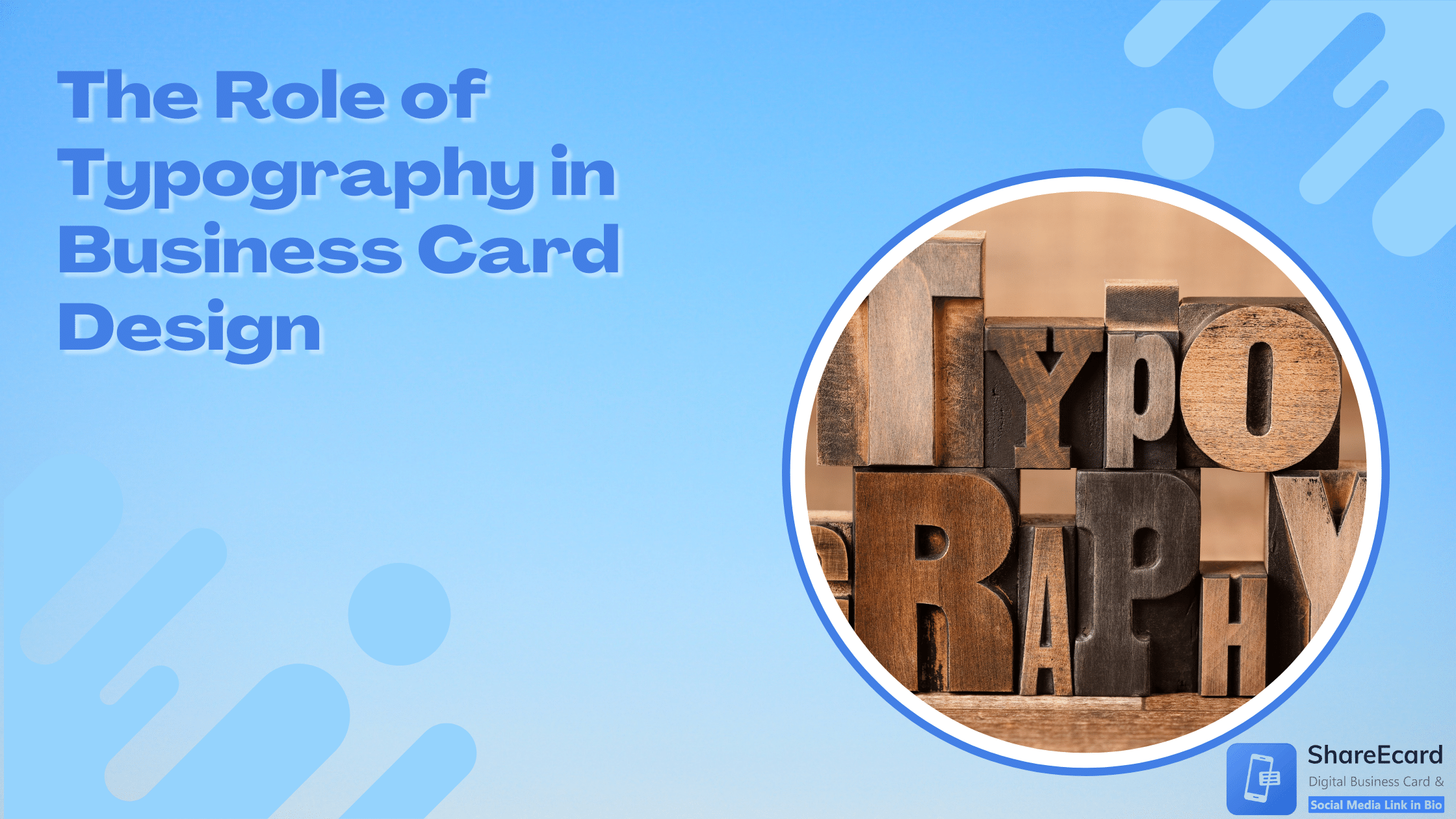Typography is a crucial element in business card design, often as significant as the logo or color scheme. The choice of font and how it’s used can significantly affect the card’s readability, tone, and overall impression. Understanding the role of typography can help you create a business card that effectively communicates your brand identity and professionalism.
Role of Typography and Some Tips for Good Typography for the Perfect Business Card Design
Importance of Typography in Business Cards
- Conveying Brand Personality: Typography can express the personality of your brand. A traditional serif font might convey trust and professionalism, while a modern sans-serif font could suggest a more contemporary and approachable business.
- Ensuring Readability: The primary function of a business card is to provide information. Good typography ensures that this information is easily readable.
- Creating Hierarchy: Different font sizes and styles can create a visual hierarchy, guiding the viewer’s eye to the most important information first, like your name or company.
- Aesthetic Appeal: Typography contributes to the overall aesthetic of the card. A well-chosen font can make your business card more visually appealing and memorable.
Tips for Effective Typography in Business Card Design
- Font Choice: Choose a font that aligns with your brand’s personality and is easy to read. Avoid overly decorative fonts that might compromise legibility.
- Font Size: Make sure your font size is legible. A size too small can be difficult to read, but too large can overwhelm the card. Generally, keep your main text (like contact details) at least 8pt.
- Hierarchy and Layout: Use different font sizes, weights, or styles to differentiate and prioritize the information. For example, your name might be in a larger or bolder font than your address.
- Color and Contrast: Ensure there is sufficient contrast between the text color and the card’s background. Dark text on a light background is typically the most readable. Learn about the color psychology of business card design.
- Whitespace: Don’t underestimate the power of whitespace. Adequate spacing between lines and around text blocks can greatly enhance readability.
- Consistency: Maintain typographic consistency with your other branding materials for a cohesive brand identity as the business cards are marketing material.
- Limit Number of Fonts: Using too many different fonts can make the card look cluttered and unprofessional. Stick to a maximum of two complementary fonts.
Typography in business card design is not just about choosing a font but strategically utilizing it to communicate your brand’s message and ensure the card’s functionality. Having the knowledge of good business card design will help you a lot. The right typography enhances the readability, aesthetic appeal, and professional perception of your card. By considering factors like font choice, size, hierarchy, and color, you can create a business card that effectively represents your brand and leaves a lasting impression.
You can create a digital business card for free with ShareEcard and make a good digital presence!




